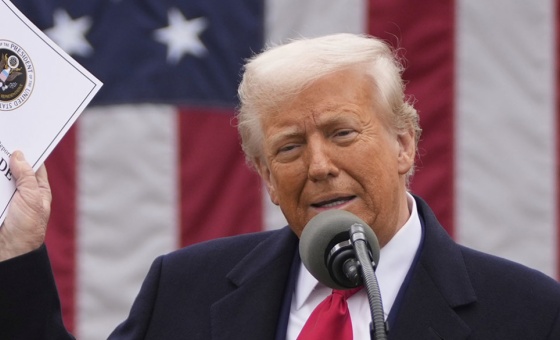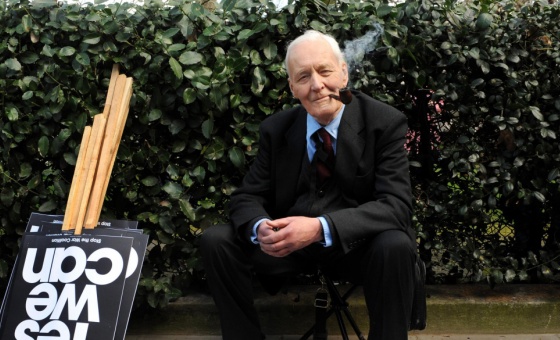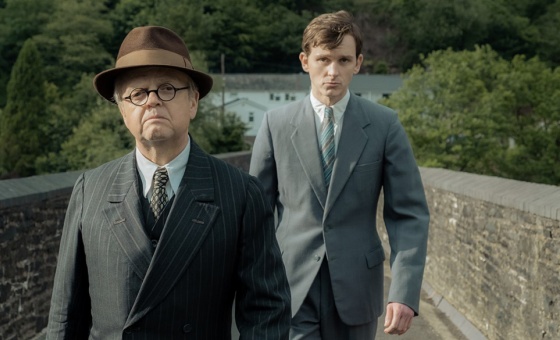This is the last article you can read this month
You can read more article this month
You can read more articles this month
Sorry your limit is up for this month
Reset on:
Please help support the Morning Star by subscribing here
Dee Byrne and Entropi
Moment Frozen
(Whirlwind Recordings)
THE Concise Oxford Dictionary defines “entropy” as “a measure of the rate of transfer of information in a message,” while the great London bassist Barry Guy in the sleeve notes of his album Oort-Entropy adds that such a transfer is “imperative, changing the body but keeping the characteristics intact.”
Does it sound like the process of jazz?
Perhaps the south London altosaxophonist Dee Byrne and her bandmates know best, since they call their band Entropi.
Certainly their music radiates deep thought as well as sonic delight: “If order eventually always turns to chaos on micro or macro levels, how can we transfer that into something meaningful in our lives,” she says, as her music is born from “space-gazing, life-pondering and risk-taking.”
Perhaps Sun Ra, hot-winged from Saturn rather than Gravesend like Dee, would have thought something similar.
Entropi is a band of powerful originality and skilled musicianship. Dee’s alto, despite doing what her impressive melody-creating and arranging tell her, is warm and powerful, and always seems on the cusp of breaking out free.
Her trumpet compadre Andre Canniere, born in Coudersport, Pennsylvania, but having lived in London since 2008, plays a strong, burnished horn; Rebecca Nash is the pianist, Matt Fisher the drummer and on bass is Olie Brice, who often plays in free formations with saxophonists Paul Dunmall, Nick Fletcher and drummer Mark Sanders.
The opening track of their album Moment Frozen is Stelliferous Era, a sonic rendition of the present stage of the life of our universe and “a reminder of the fleeting experience of life on this planet.”
Brice’s bass is succulent all through the track, the horn harmonies of Byrne and Canniere are persuasive and the trumpeter’s notes tell a discomforting narrative before Fisher’s drums and cymbalism conjure galactic images.
Fish Whisperer imagines a palaver with a friend’s pet fish as the universe is suddenly constricted to a domestic aquarium.
What is the subject of this discourse as first Canniere then a searching Byrne blow their arguments? The listener imagines: are they about plastics in the sea or the warming of global waters?
Brice’s ominous solo could be a warning, and prefaces the following track, Interloper, which Byrne calls “a dark, aggressive tune about an unwanted intruder,” in which her free instincts are almost released.
The mystery of the comet/asteroid Elst Pizarro and its space trajectory discovered in 1979 would have fascinated Sun Ra, as it has captured the imagination of Byrne.
The album’s title tune is her prologue, with Nash’s piano as its spine, and the track Elst Pizarro itself features Fisher’s inventive drums and the sheer placidity of Brice’s heartbeat bass.
Canniere’s solo sounds like a pure-toned annunciation before Byrne weaves her own serpentine chorus as if she were beholding something wondrous.
After her London Jazz Festival performance of November 2017 I asked Dee how much the power of thought provoked her music.
Does she write her works after her thoughts, or does the music she writes cause them?
She said she saw jazz as a genre of ideas, where for its creators and performers what they invent and play stimulates more ideas, building on those she started with — as if it were a musical, imaginative and conceptual dialectic at work.
She is also a musician of hope — even from the composition of her very first tune, It’s Time, which is also on the album: “It aims to recreate the feeling of optimism that comes with new beginnings,” she writes in her sleeve notes. Nash turns to electric keyboard while Fisher’s drums surge behind her, Byrne and Canniere forge waves of notes in their exchanges and Brice’s plunging beat sublimates it all.
The album ends with Leap of Faith which seeks “to convey a sense of innocent hope in the face of shifting socio-political and personal landscapes.”
The two horns coalesce over Nash’s stream of piano notes, making one fused chronicle: the dynamics of deep thought, the transformative power of jazz, unified in the intriguing music of Dee Byrne and Entropi.










